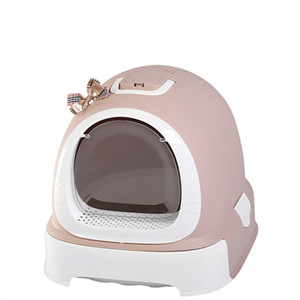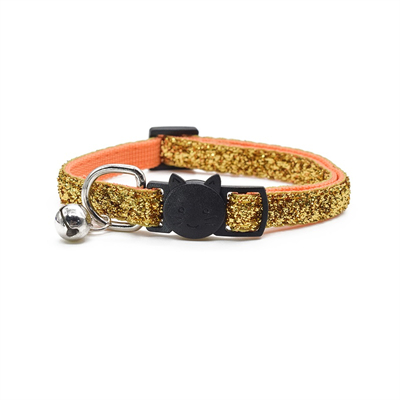Ball toys can provide hours of entertainment and exercise for dogs of all ages. Here are some popular types of ball toys, from tennis balls to bouncy balls, and their characteristics:
- Tennis Balls: Tennis balls are a classic choice for playing fetch with dogs. They are readily available, affordable, and dogs enjoy chasing and retrieving them. However, be cautious with heavy chewers, as they can chew through the outer felt layer, which may not be safe for consumption.
- Rubber Balls: Rubber balls, such as Kong balls, are more durable than tennis balls and can withstand the strong jaws of many dogs. They come in various sizes and can be used for fetching and chewing. Some are designed to hold treats, providing additional stimulation.
- Squeaky Balls: Squeaky balls are designed to make noise when bitten or squeezed. Many dogs find the squeaking sound engaging and fun. However, these may not be suitable for aggressive chewers, as they can tear the squeaker out.
- Bouncy Balls: Bouncy balls, like rubber balls, are durable and provide an added element of unpredictability due to their bouncing nature. Dogs often enjoy chasing and pouncing on them.
- Interactive Treat Balls: These are typically hollow balls with a small opening where you can place treats or kibble. As the dog rolls or plays with the ball, treats are dispensed, making it an engaging and rewarding toy for mental stimulation.
- Glow-in-the-Dark Balls: These balls have special properties that allow them to glow in the dark. They can be fun for evening play sessions or in low-light conditions.
- Floating Balls: Floating balls are designed to be used in water, making them suitable for dogs who enjoy swimming and fetching in the water. They often have a buoyant design that keeps them afloat.
- Foam Balls: Soft foam balls are gentle on a dog’s mouth and are often used for indoor play. They’re less likely to cause damage to furniture or walls.
- Sensory Balls: Some balls are designed with various textures or materials to engage a dog’s senses. These can be especially interesting for dogs who enjoy tactile stimulation.
When choosing a ball toy for your dog, consider your dog’s size, age, and chewing habits. Always supervise playtime, especially with small balls that could be swallowed or if your dog tends to chew and destroy toys. Additionally, regularly inspect ball toys for signs of wear and replace them as needed to ensure your dog’s safety during play.





















